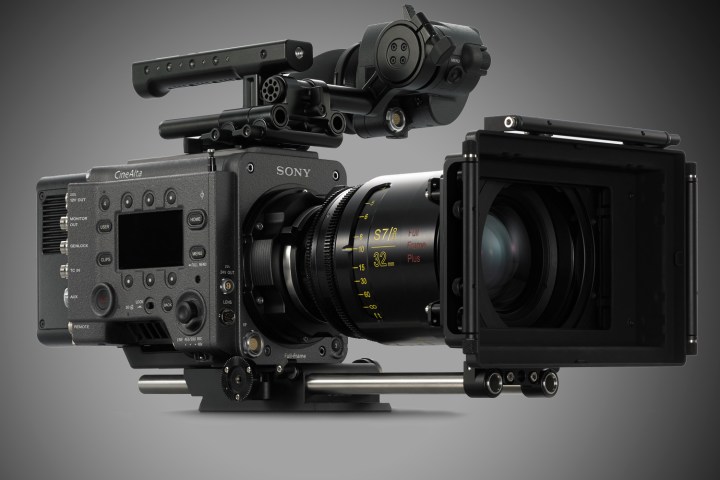
The new sensor, equal in size to that of the Sony A9 and A7 series full-frame mirrorless cameras, is larger than the typical size used in motion picture cameras (such as the Canon Cinema EOS C200). There is room for some confusion here as full-frame is referred to as “35mm,” and most motion pictures cameras use what’s known as “Super35.” The formats are not equal, however; Super35 is equivalent to what the still photography world knows as APS-C.

That larger sensor allows for a shallower depth of field when paired with full-frame lenses, and potentially will provide improved lowlight performance over Super35 cameras. The Venice can also shoot in Super35 mode at 4K resolution, making it compatible with a wide assortment of cinema lenses built for the format.While that sensor is the centerpiece of the Venice, it is hardly the only innovative feature of the camera.
Sony has also outfitted the Venice with an eight-step mechanical neutral density (ND) filter, ranging from one to eight stops of light reduction. While built-in ND filters are relatively common to cinema cameras, most offer just three steps of adjustment and top out around six stops. The eight-step ND on the Venice isn’t just a first for Sony, but for the industry, and will allow the camera to shoot at wide open apertures even in very bright light.
With professional workflows in mind, the camera can shoot 16-bit RAW footage or take advantage of Sony’s proprietary X-OCN format that offers similar image quality to RAW at much smaller file sizes. The camera also supports the 10-bit XAVC codec and in the future will offer ProRes via a firmware update.
Sony hasn’t announced pricing at this time, but did say that users will be able to license different functionality within the camera either permanently, monthly, or weekly to pair needed features for each project. For example, anamorphic mode will be available to be licensed separately from full-frame mode.
The camera is also modular, with various components like viewfinders and external recorders that can be added on as needed. It will be available in either PL mount or with Sony’s locking E-Mount, which will allow it to use virtually any full-frame lens from the still camera world thanks to widely available adapters.



